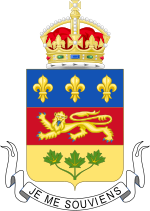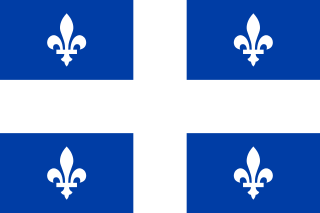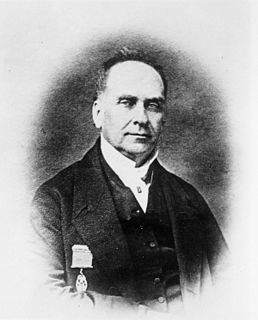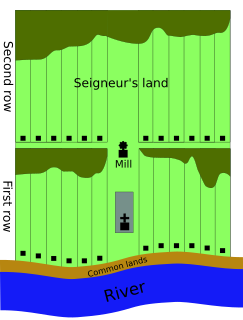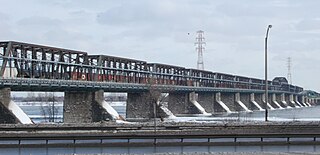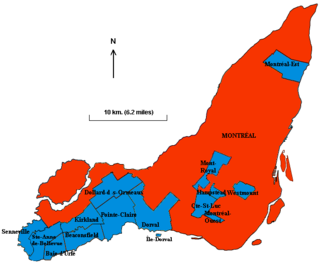
The Province of Canada was a British colony in North America from 1841 to 1867. Its formation reflected recommendations made by John Lambton, 1st Earl of Durham in the Report on the Affairs of British North America following the Rebellions of 1837–1838.

Sir George-Étienne Cartier, 1st Baronet, was a Canadian statesman and Father of Confederation. The English spelling of the name—George, instead of Georges, the usual French spelling—is explained by his having been named in honour of King George III.
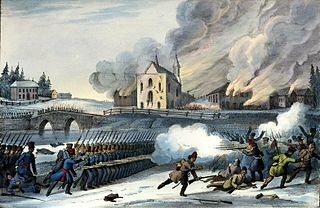
The Lower Canada Rebellion, commonly referred to as the Patriots' War by French-speaking Quebecers, is the name given to the armed conflict in 1837–38 between the rebels of Lower Canada and the British colonial power of that province. Together with the simultaneous rebellion in the neighbouring colony of Upper Canada, it formed the Rebellions of 1837–38.
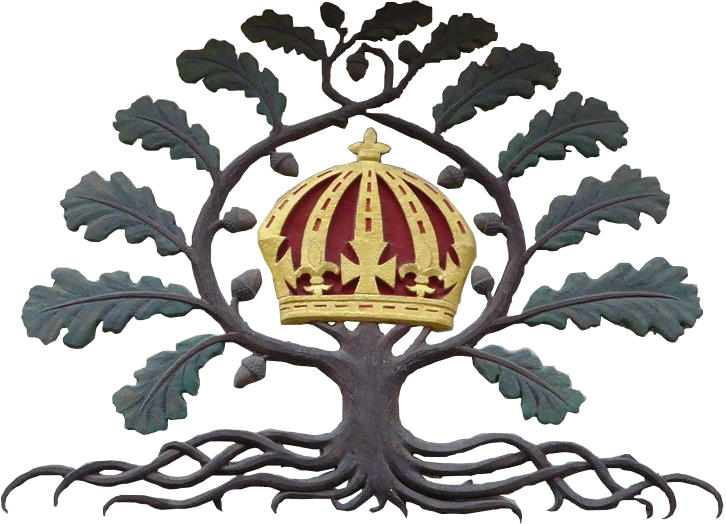
The Château Clique, or Clique du Château, was a group of wealthy families in Lower Canada in the early 19th century. They were the Lower Canadian equivalent of the Family Compact in Upper Canada. They were also known on the electoral scene as the Parti bureaucrate.
The British North America Act, 1840, also known as the Act of Union 1840, was approved by Parliament in July 1840 and proclaimed February 10, 1841 in Montréal. It abolished the legislatures of Lower Canada and Upper Canada and established a new political entity, the Province of Canada to replace them. The Act was similar in nature and in goals to the other Acts of Union enacted by the British Parliament.
Joint Premiers of the Province of Canada were the leaders of the Province of Canada, from the 1841 unification of Upper Canada and Lower Canada until Confederation in 1867.

Boucherville is a city in the Montérégie region in Quebec, Canada. It is a suburb of Montreal on the South shore of the Saint Lawrence River.
The Rebellion Losses Bill was a controversial law enacted by the legislature of the Province of Canada in 1849. Its passage and subsequent assent by the Governor General, James Bruce, 8th Earl of Elgin makes the bill a landmark piece of legislation in Canadian political history.

The Collège de Montréal is a private high school for students attending grades 7–11 located in downtown Montreal, Quebec, Canada. A former Roman Catholic minor seminary, it was founded on June 1, 1767 as the Petit Séminaire of Montreal by the Sulpician Fathers. From 1773 to 1803, it was known as Collège Saint-Raphaël.
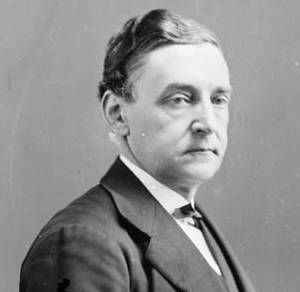
Sir Antoine-Aimé Dorion, was a French Canadian politician and jurist.
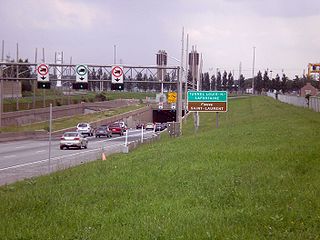
The Louis-Hippolyte Lafontaine Bridge–Tunnel is a highway bridge–tunnel running over and beneath the Saint Lawrence River. It connects the Montreal borough of Mercier–Hochelaga-Maisonneuve with the south shore of the river at Longueuil, Quebec.
The Legislative Assembly of the Province of Canada was the lower house of the legislature for the Province of Canada, which consisted of the former provinces of Lower Canada, then known as Canada East and later the province of Quebec, and Upper Canada, then known as Canada West and later the province of Ontario. It was created by The Union Act of 1840. Canada East and Canada West each elected 42 members to the assembly. The upper house of the legislature was called the Legislative Council.
The Legislative Council of the Province of Canada was the upper house for the Province of Canada, which consisted of the former provinces of Lower Canada, then known as Canada East and later the province of Quebec, and Upper Canada, then known as Canada West and later the province of Ontario. It was created by The Union Act of 1840.

Canada was under British rule beginning with the 1763 Treaty of Paris, when New France, of which the colony of Canada was a part, formally became a part of the British Empire. Gradually, other territories, colonies and provinces that were part of British North America would be added to Canada, along with land through the use of treaties with First Peoples.
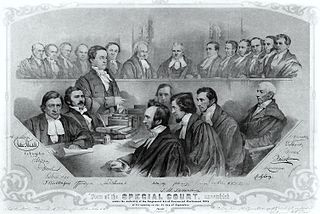
Lewis Thomas Drummond was a Quebec lawyer, judge and political figure.
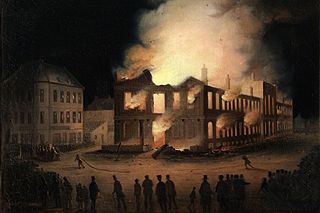
The burning of the Parliament Buildings in Montreal was an important event in pre-Confederation Canadian history and occurred on the night of April 25, 1849, in Montreal in the Province of Canada. It is considered a crucial moment in the development of the Canadian democratic tradition, largely as a consequence of how the matter was dealt with by then co-prime ministers of the united Province of Canada, Sir Louis-Hippolyte Lafontaine and Robert Baldwin.
This page is based on this
Wikipedia article Text is available under the
CC BY-SA 4.0 license; additional terms may apply.
Images, videos and audio are available under their respective licenses.
